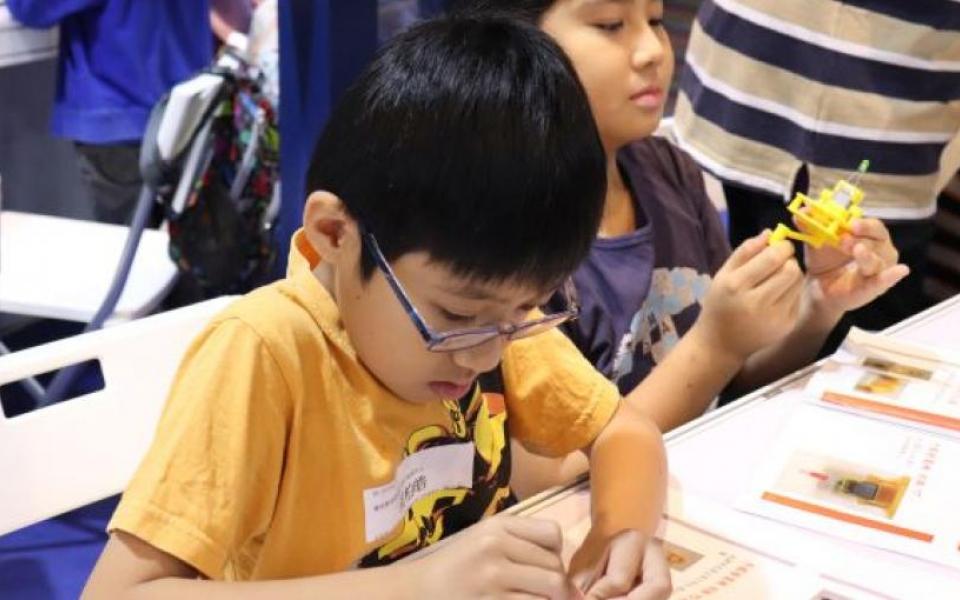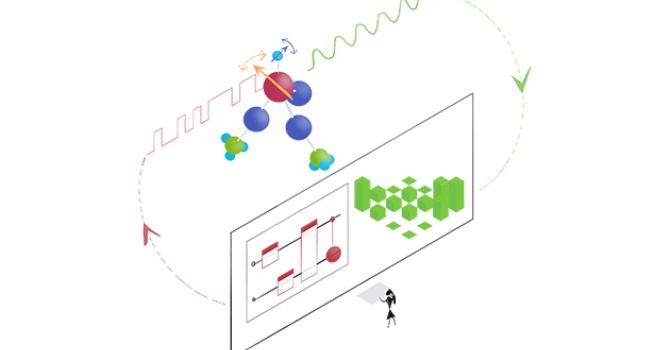STEM Education – Not a Magic Bullet for Hong Kong Students
Prof. Mansun Chan, Chair Professor of Electronic & Computer Engineering, is hoping STEM education is not only a new curriculum but helps turn students into critical thinkers.
By Prof. Mansun CHAN, Chair Professor of Electronic & Computer Engineering, HKUST
As the modern-day workplace evolves, it is clear that the roles of Science, Technology, Engineering and Mathematics (STEM) will play an increasingly larger part, prompting the Hong Kong government to provide incentives to increase STEM education at schools. A one-off grant of HK$100,000 is provided to each primary school to support STEM education and activities in 2016, and HK$200,000 to each secondary school in 2017.
Most recently, in his latest Budget Plan, Financial Secretary Paul Chan allocated $500 million to implement the IT Innovation Lab in the coming three school years; each subsidized secondary school will be granted $1 million to help students to build IT foundation.
There has been a shift in pedagogy to increase classes in computer science, coding, digital media and networks within the standard curriculum, with the goal of creating an adept tech-savvy workforce that will run the economy for the 21st century.
I wonder, with all this hype about STEM, has it become just another marketing term that schools use in order to get additional funding? But fiscal input and a change in curriculum are far from adequate to promote STEM. Simply adding one or two STEM-related classes into a busy curriculum, or buying some trendy gadgets to use in class, without any long-term learning goals and follow up, means that students never get the chance to consolidate their skills.
In order to teach STEM classes effectively, teachers need to move away from the traditional content heavy, top-down lecturing style that is commonplace among Hong Kong classrooms. Schools and tutorial centers are still too focused on using past paper examination drilling as a way to prep students for public examinations. This creates a very unhealthy competitive environment which forces students to lose their individuality and become test taking robots.
Not only does this go against the core of STEM teaching philosophy, it also creates a bigger problem for society because this examination process creates a population of homogenous graduates, each one more replaceable than the next in the corporate world.
What we want from the STEM education is that students should become critical thinkers who can use out-of-the-box methods to solve real world problems. They need to be able to speak their mind, use their observational skills more and have greater opportunities to apply their knowledge to try and solve problems.
To further promote creative thinking processes, schools can consider developing “divergent testing-styled examinations” whereby there are multiple answers to the questions and students get awarded for creativity.
To increase students’ interest in STEM education, they should also be made aware of how these subjects can be applied to real-life jobs – for example, science and math are often taught separately without demonstrating their applications in technology and engineering.
Like all things in life, society requires a diverse range of people with different skillsets. Let’s not be fooled into thinking that one set of education theory will suit all students.
Originally printed on The Standard, April 10, 2019






